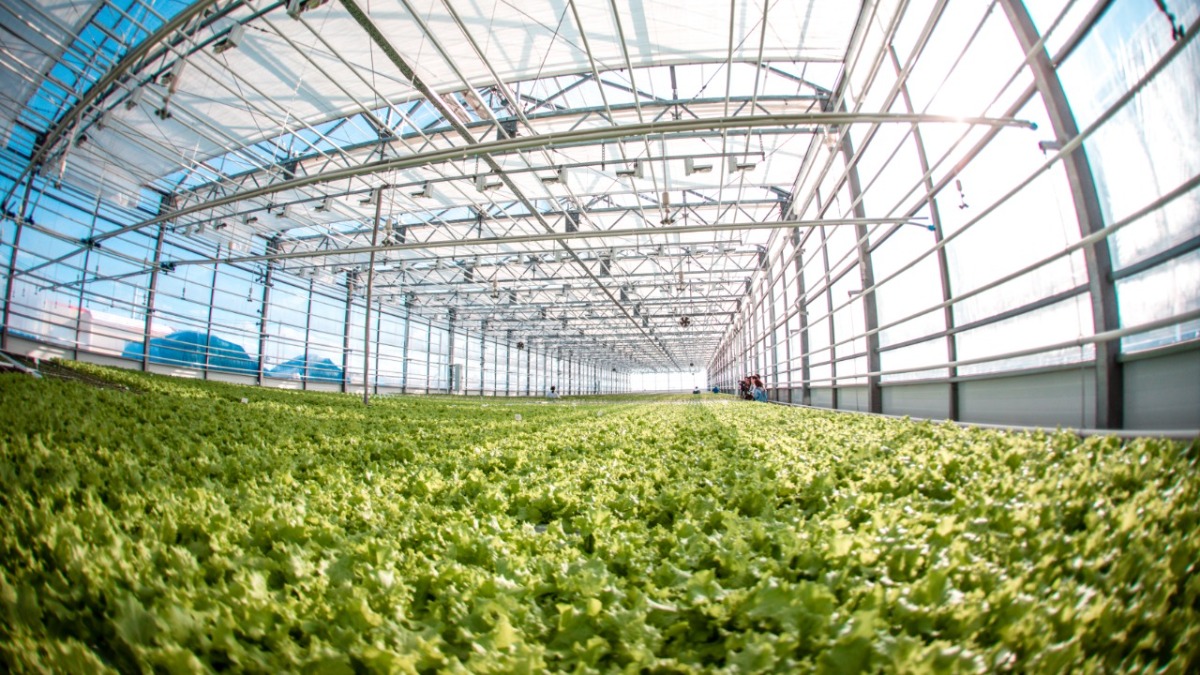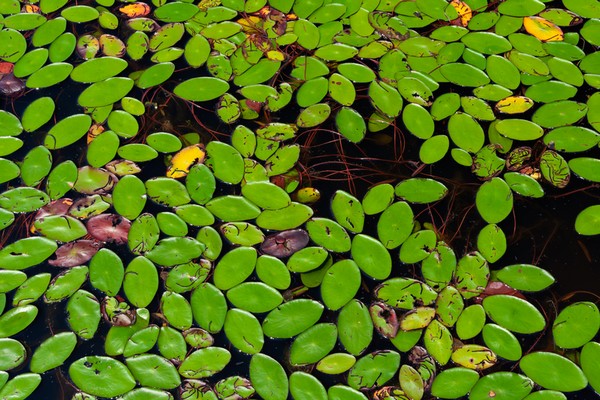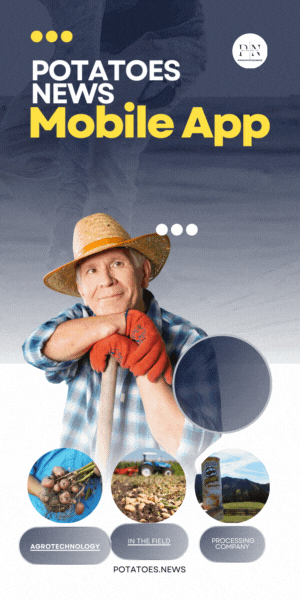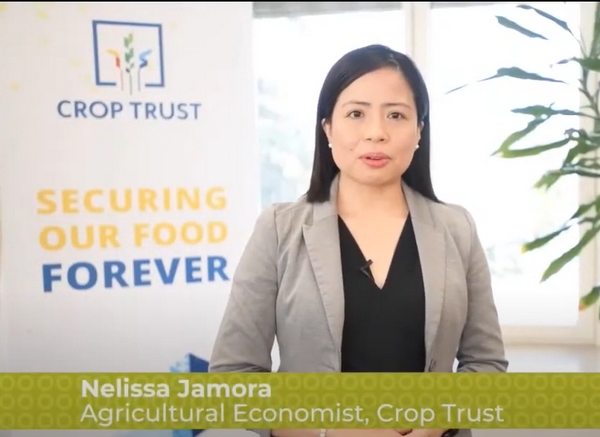Caterpillar infestations, especially from tomato loopers, can devastate greenhouse crops like cucumbers—but by the time damage is visible, it’s often too late. A new AI-driven tool, PATS-C, is helping Dutch growers detect threats early and act with precision. This article explores how real-time insect monitoring is changing pest management for the better.
At Bosch Komkommers in Berkel en Rodenrijs, the spring of 2024 marked a turning point in greenhouse pest control. Crop protection specialist Daan van den Bosch made the leap into high-tech biological monitoring by installing PATS-C, a camera-based insect detection system designed to spot nocturnal moth activity, particularly the tomato looper (Chrysodeixis chalcites). For cucumber growers, this pest is a growing threat—not just to foliage, but increasingly to fruit quality and marketability.
Tomato loopers can quickly cause severe economic damage, especially in high-density greenhouse crops. Traditional detection methods often rely on manual scouting or pheromone traps, which offer limited early-warning capabilities. By the time caterpillars are visible, damage is already underway. But in biological crop protection, timing is everything.
PATS-C, short for Precision Autonomous Tracking System for Caterpillars, changes this equation. It continuously monitors moth flight activity during night hours—the critical window when adult moths are active but invisible to human observers. Based on detection data, the system predicts caterpillar hatch times with remarkable accuracy—often within a two-day window. This allows growers to deploy biological agents such as Bacillus thuringiensis (Bt) or parasitic wasps precisely when the caterpillars are most vulnerable.
What Makes PATS-C a Game-Changer?
- Real-time Monitoring: Nightly surveillance of moth activity without manual scouting
- Predictive Analytics: AI algorithms forecast egg hatch and larval emergence
- Targeted Intervention: Allows earlier and more effective use of biological agents
- Greenhouse-specific Data: Recognizes that every greenhouse behaves as its own ecosystem
During the 2024 season, Daan observed firsthand how each of his two greenhouses—both 2 hectares in size—responded differently to pest pressures. This hyperlocal insight enabled him to fine-tune his interventions, treating only where and when it was necessary, reducing unnecessary applications and preserving beneficial insect populations.
According to Wageningen University & Research, the integration of AI-based pest detection systems like PATS-C can reduce pesticide use by 30–50% in protected horticulture, while also improving yields and lowering labor costs. These technologies are especially valuable in complex biological systems, where over-intervention can disrupt pest-predator balances and lead to resistance.
Meanwhile, PATS is developing an automated recommendation system, which will eventually allow growers to receive actionable advice directly from the platform. This could significantly lower the barrier to entry for precision pest management, enabling even less-experienced growers to adopt a more sustainable approach.
Broader Implications
The Netherlands continues to lead in agri-tech innovation, and PATS-C is part of a larger trend toward precision agriculture in horticulture. With climate change increasing pest pressures and reducing the reliability of historical patterns, greenhouse growers across Europe are looking for smarter tools to protect their crops.
In a 2023 survey by the Dutch Horticultural Board, over 65% of growers reported rising pressure from lepidopteran pests and expressed interest in digital monitoring tools. The combination of predictability, early warning, and data-driven decisions makes AI-based systems like PATS-C an increasingly attractive option.
PATS-C is helping greenhouse growers shift from reactive to proactive pest control. By detecting moths before they lay eggs and predicting when caterpillars will hatch, it gives growers the lead time they need to act precisely and sustainably. As the technology evolves and becomes more accessible, tools like this may become standard equipment in greenhouses worldwide. For forward-thinking growers like Daan van den Bosch, the future of pest control has already arrived.












